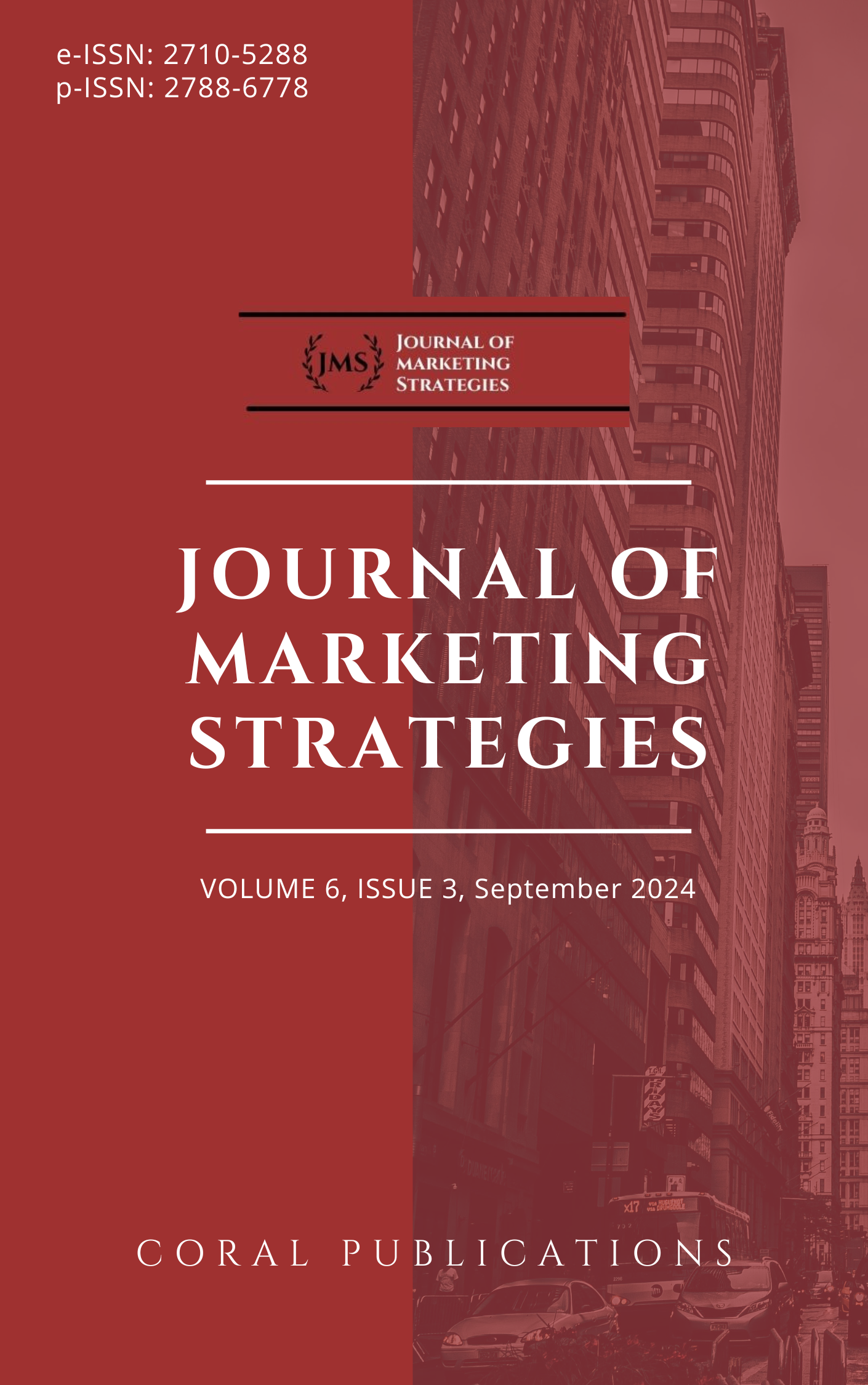Leadership Strategies in Virtual Workspaces: Investigating Effective Manager-Employee Relationships in Remote Work Environment in the Software Industry of Pakistan
DOI:
https://doi.org/10.52633/5g4bm913Keywords:
Transformational Leadership, Transactional Leadership, Job Satisfaction, Communication Frequency, Remote Work, Virtual WorkspaceAbstract
The shift to remote work has transformed traditional leadership dynamics, particularly in digitally driven sectors like the software industry. This study explores how transformational and transactional leadership styles influence job satisfaction among remote employees, with a specific focus on the moderating role of communication frequency. Drawing on Leader-Member Exchange theory, the research uses a quantitative approach with data collected from 168 remote software professionals. Partial Least Squares Structural Equation Modeling (PLS-SEM) was employed to examine the hypothesized relationships. Results reveal that both transformational and transactional leadership positively affect job satisfaction, with transformational leadership having a stronger impact. Furthermore, communication frequency significantly moderates the relationship between transformational leadership and job satisfaction, amplifying its positive effect. However, no significant moderating effect was observed for transactional leadership. These findings underscore the importance of consistent communication in enhancing leadership effectiveness in virtual environments and offer practical guidance for software industry leaders navigating remote work dynamics.
References
Bass, T. A. (2024). The Relationship Between Communication Redundancy and the Job Satisfaction of Generation X Compared to Millennials Working Remotely in Community Health: A Comparative Study (Doctoral dissertation, Saint Leo University).
Coffey, R., & Wolf, L. (2018). The challenge and promise of remote work: A brief study of remote work and best practices (No. ANL/ALCF-18/4). Argonne National Lab.(ANL), Argonne, IL (United States).
Coun, M. J., De Ruiter, M., & Peters, P. (2023). At your service: supportiveness of servant leadership, communication frequency and communication channel fostering job satisfaction across generations. Frontiers in Psychology, 14, 1183203.
Crichlow, D. R. (2023). The impact job satisfaction and employee engagement are having on remote work teams during a global pandemic: A qualitative descriptive study in a telecommunications organization (Doctoral dissertation, Trident University International).
Franken, E., Bentley, T., Shafaei, A., Farr-Wharton, B., Onnis, L. A., & Omari, M. (2021). Forced flexibility and remote working: Opportunities and challenges in the new normal. Journal of management & organization, 27(6), 1131-1149.
Ipsen, C., Kirchner, K., Andersone, N., & Karanika-Murray, M. (2022). Becoming a distance manager: managerial experiences, perceived organizational support, and job satisfaction during the COVID-19 pandemic. Frontiers in psychology, 13, 916234.
Kicheva, T. (2021). Opportunities and challenges of remote work. Izvestiya. Journal of Varna University of Economics, 65(2), 145-160.
Laato, S., Mäntymäki, M., Islam, A. N., Hyrynsalmi, S., & Birkstedt, T. (2023). Trends and Trajectories in the Software Industry: implications for the future of work. Information Systems Frontiers, 25(2), 929-944.
Mansfield, R. K. (2018). Employee job satisfaction and attitudes in virtual workplaces. Walden University.
Orlowski, S. I. (2024). The Relationship Between Perceived Leadership Communication and Feedback on Job Satisfaction, Organizational Commitment, and Professional Isolation of Remote Workers.
Piik, T. (2021). Software production in remote working environments: Agile methods and challenges to adapt to the COVID-19 era.
Schall, M. A. (2019). The relationship between remote work and job satisfaction: The mediating roles of perceived autonomy, work-family conflict, and telecommuting intensity (Master's thesis, San Jose State University).
Shockley, K. M., Allen, T. D., Dodd, H., & Waiwood, A. M. (2021). Remote worker communication during COVID-19: The role of quantity, quality, and supervisor expectation-setting. Journal of applied psychology, 106(10), 1466.
Snowden, R. (2023). Interpersonal Trust and Job Satisfaction in a Remote Working Environment: A quantitative study on the role employee relations plays in the Information Technology sector in Ireland (Doctoral dissertation, Dublin, National College of Ireland).
Staples, D. S. (2001). A study of remote workers and their differences from non-remote workers. Journal of Organizational and End User Computing (JOEUC), 13(2), 3-14.
Tofanelli, D. E. (2013). Examining the relationship between senior leadership communication and remote employee satisfaction in large healthcare organizations. Northcentral University.
Van Zoonen, W., & Sivunen, A. E. (2022). The impact of remote work and mediated communication frequency on isolation and psychological distress. European journal of work and organizational psychology, 31(4), 610-621.
Webster-Trotman, S. P. (2010). A correlational study of telework frequency, information communication technology, and job satisfaction of home-based teleworkers.
Downloads
Published
Issue
Section
License
Copyright (c) 2024 Under a Creative Commons license (cc by 4.0) The authors retain copyright to the content of the articles published in JMS

This work is licensed under a Creative Commons Attribution 4.0 International License.
Copyright (c) 2024 Authors retain copyright to the content of the articles published in JMS
This work is licensed under a Creative Commons Attribution 4.0 International License.
Ethical standards for publication are maintained by JMS to ensure high-quality scientific publications and public trust
in scientific findings, and that people receive credit for their work and ideas.
The Journal of Marketing Strategies (JMS) follows the Committee on Publication Ethics (COPE) and adheres to its core practices.











